Two hunters recently followed sage grouse sign to the mule deer buck of a lifetime, but both of these species (and more) could be at risk if sagebrush conservation is set back
Sagebrush-covered hills spanned the horizon as my cousin Larry and I put a stalk on a group of mule deer we had just spotted. As we walked down into a draw, I noticed sign from a bird that many have only have read about in recent years. No sooner had I taken another step when four greater sage grouse busted from the brush. They could have spooked our quarry, but didn’t. (We still didn’t get a shot at those deer.)
The next morning, we crept through some of the best grouse habitat I’d ever seen—droppings, feathers, and birds were all around us. That’s where we got our buck, a beautiful mature muley that had been bedded down in the sage.
This is all to say that sage grouse have shared the sagebrush ecosystem with Western big game like mule deer and pronghorns for thousands of years. The same habitat that has been lost and fragmented by energy development, fire, and invasive species—decimating sage grouse populations—also supports 350 other species that could be struggling next. And the many varied stakeholders who want to see sagebrush thrive have a chance right now to make sure that the current administration stays the course on conservation plans that took years to iron out in the first place.
Here’s why we need your help by December 1.
The Conservation Compromise of a Lifetime
Once numbering in the millions, sage grouse populations have dropped precipitously in recent decades to only a few hundred thousand birds. Since the mid-2000s, this has put pressure on decision-makers to protect sage grouse under the Endangered Species Act—a potentially devastating outcome for American ranchers, sportsmen, energy developers, and others.
The shared goal of preventing a wide swath of the West from immense regulatory burden incentivized a unique coalition to agree on durable conservation plans at the federal, state, and local level to protect and restore core sage grouse habitat. These are the plans that convinced the U.S. Fish and Wildlife Service not to list the bird as threatened or endangered in September 2015—and these very same plans may be weakened if we don’t speak up now.
Balance Means You Can’t Please Everyone
Of course, lawsuits were filed in the wake of the USFWS decision: Some claimed that the federal plans do too much or too little—a reasonable indication that the federal plans actually did hit close to the mark of balance for conservation and multiple uses of public lands.
Despite this extraordinary collaborative achievement, some states remain dissatisfied, and Secretary of the Interior Ryan Zinke has ordered a review of the federal conservation plans. A report was publically released this summer outlining key issues related to energy development, grazing management, and measures to conserve habitat around sage grouse breeding sites. That report highlighted opportunities to set a clear direction on implementing plans, a reasonable suggestion, but also noted that amendments to the plans may be necessary in the long term.
These plans were signed just two years ago and have barely been implemented. Now we’re already talking about changing them, and perhaps even undoing our success.
Unfortunately, the amendment process could take years, possibly delaying time-sensitive work and creating even greater uncertainty for sage grouse habitat and all the stakeholders that are anxiously eyeing the landscape that sustains their way of life. While many problems can be addressed by the Bureau of Land Management without major changes or disruption, the administration is immediately seeking amendments to the plans rather than exhausting other options first.
No land-use management plan—state or federal—is perfect, and these plans should be improved upon over time. In fact, some minor tweaks could be acceptable now, as long as they are science-based and don’t change the entire course for conservation. That’s tough to be sure of when we’re barely on our first steps and don’t have much data to make informed adjustments.
The threat here is that opening up the plans for amendments invites mischief. Major changes, driven by the short-term desires of a few politicians and special interests, could destabilize the long-term certainty that all stakeholders need. And of course, there is a lot on the line for hunters, sage grouse, and the 350 other species that depend on the sagebrush-steppe. This is why we’re more comfortable with the BLM first using all their existing administrative options to resolve any immediate concerns.
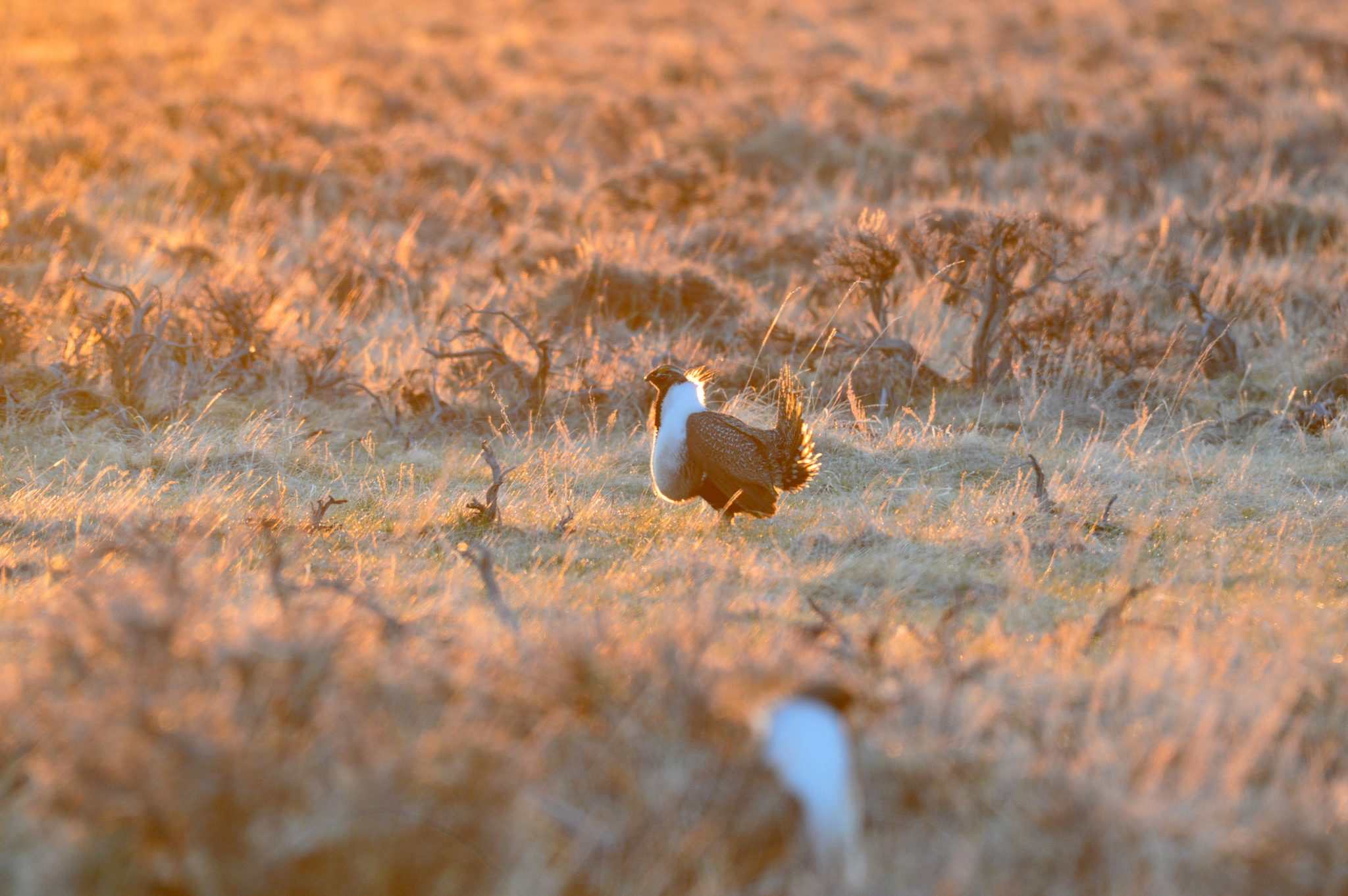
Let Sage Grouse Plans Work
One Oregon rancher coined the phrase “what’s good for the bird is good for the herd,” highlighting the fact that quality range management benefits plant diversity, wildlife, and livestock. The same holds true for the deer herd, as my cousin and I experienced this fall.
Fortunately, there is a public process around the review of the BLM’s conservation plans, but the comment period ends December 1. Sportsmen and women need to speak up to keep conservation moving forward. Delays or major changes would threaten all of the critters that depend on the sagebrush ecosystem, including many big game species that make this a special place for hunters.
Please take just a few minutes to urge Secretary Zinke not to pursue a total overhaul of widely supported conservation plans or make changes that aren’t supported by the science—send the message that the men and women closest to the landscape want to keep this historic collaboration moving forward and let these carefully crafted solutions work.

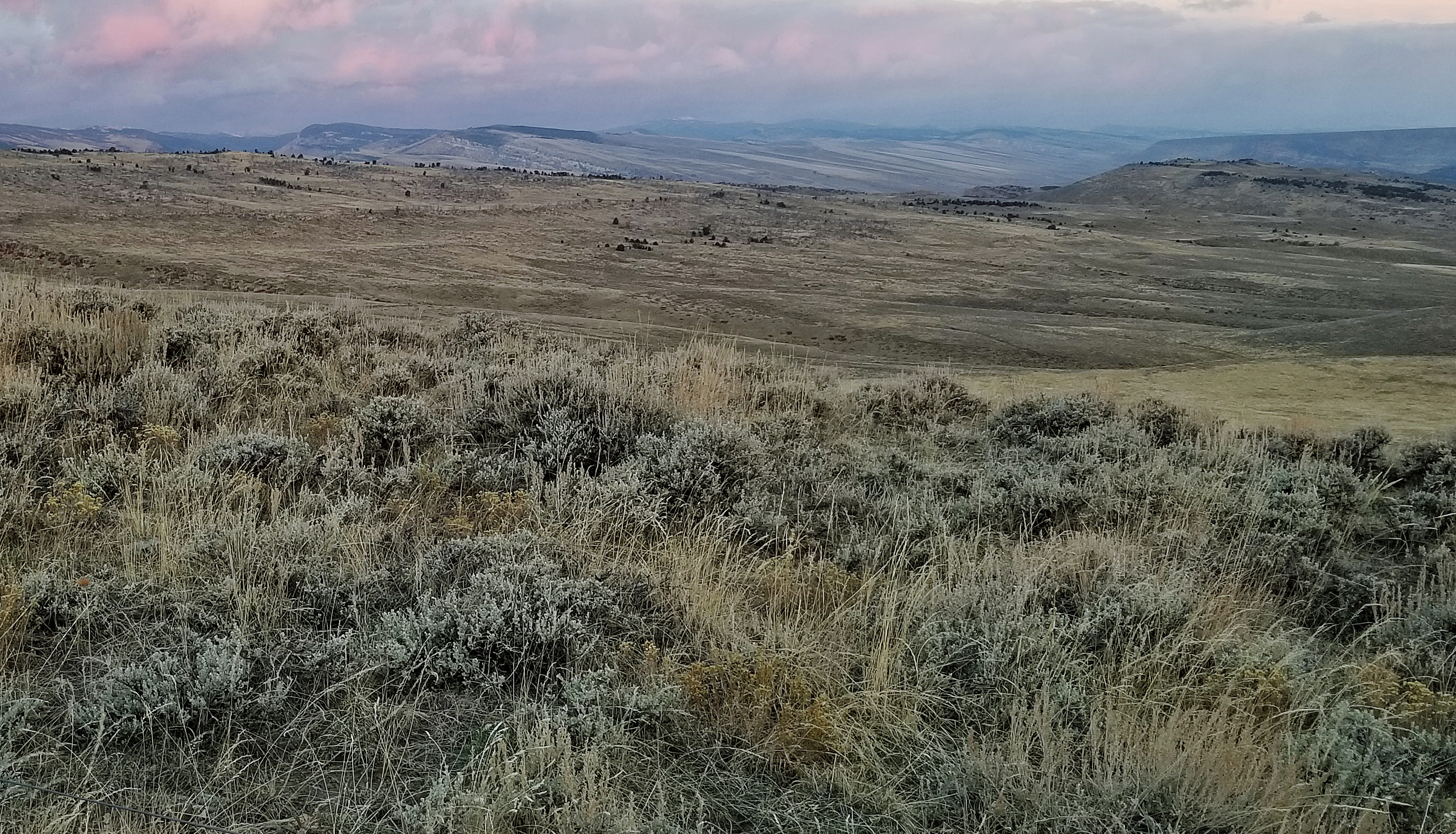
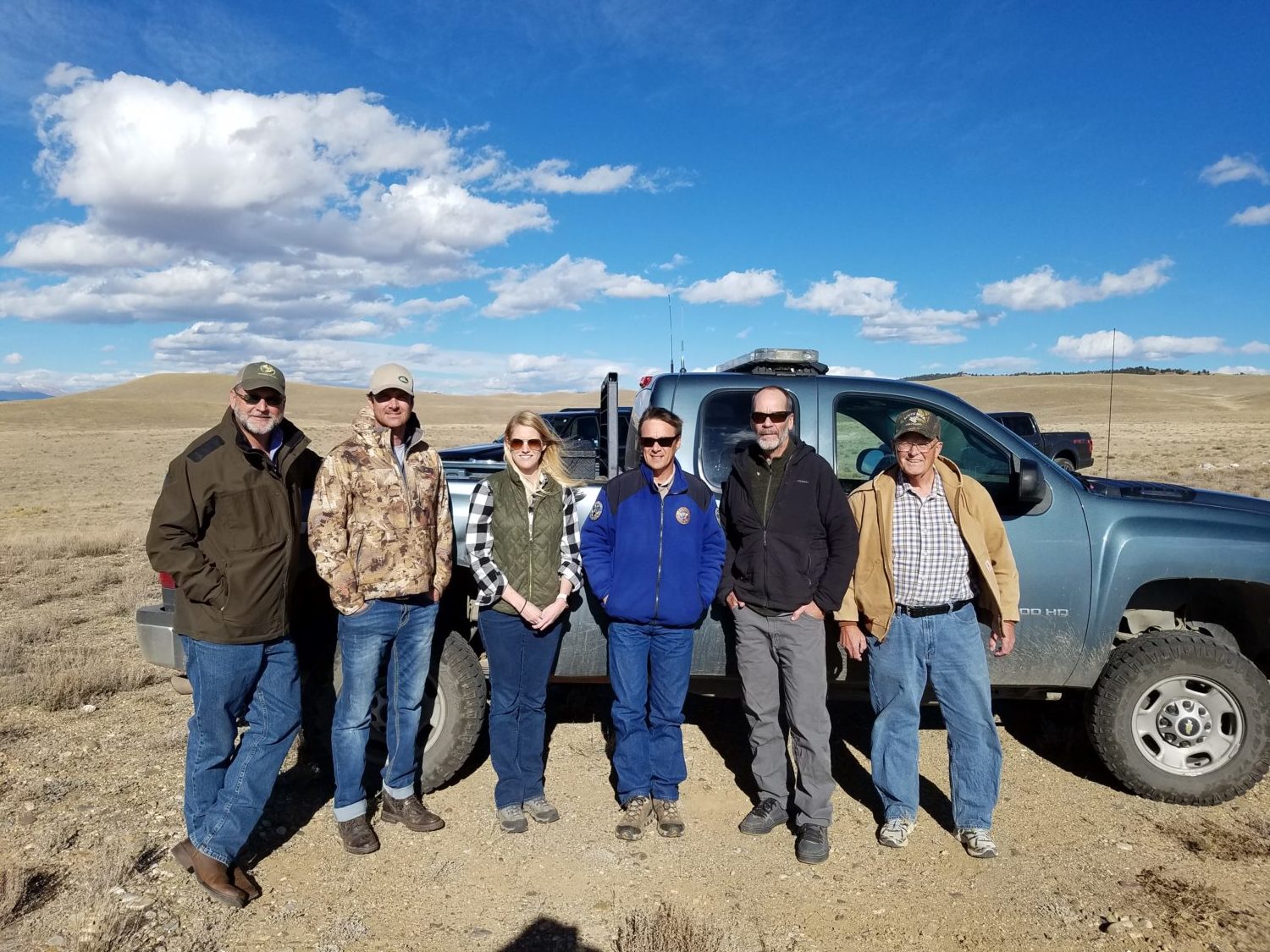
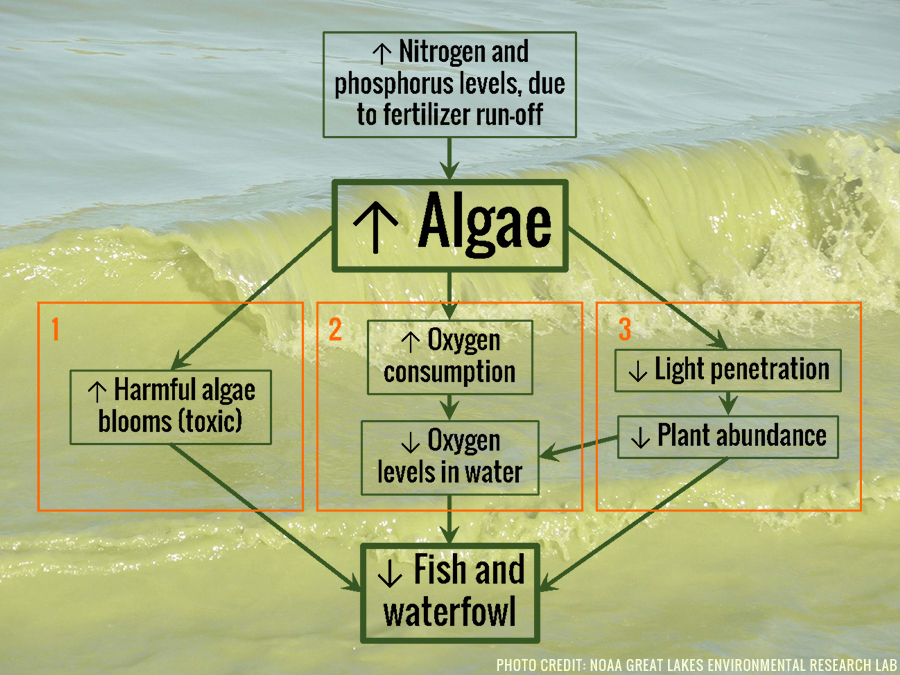
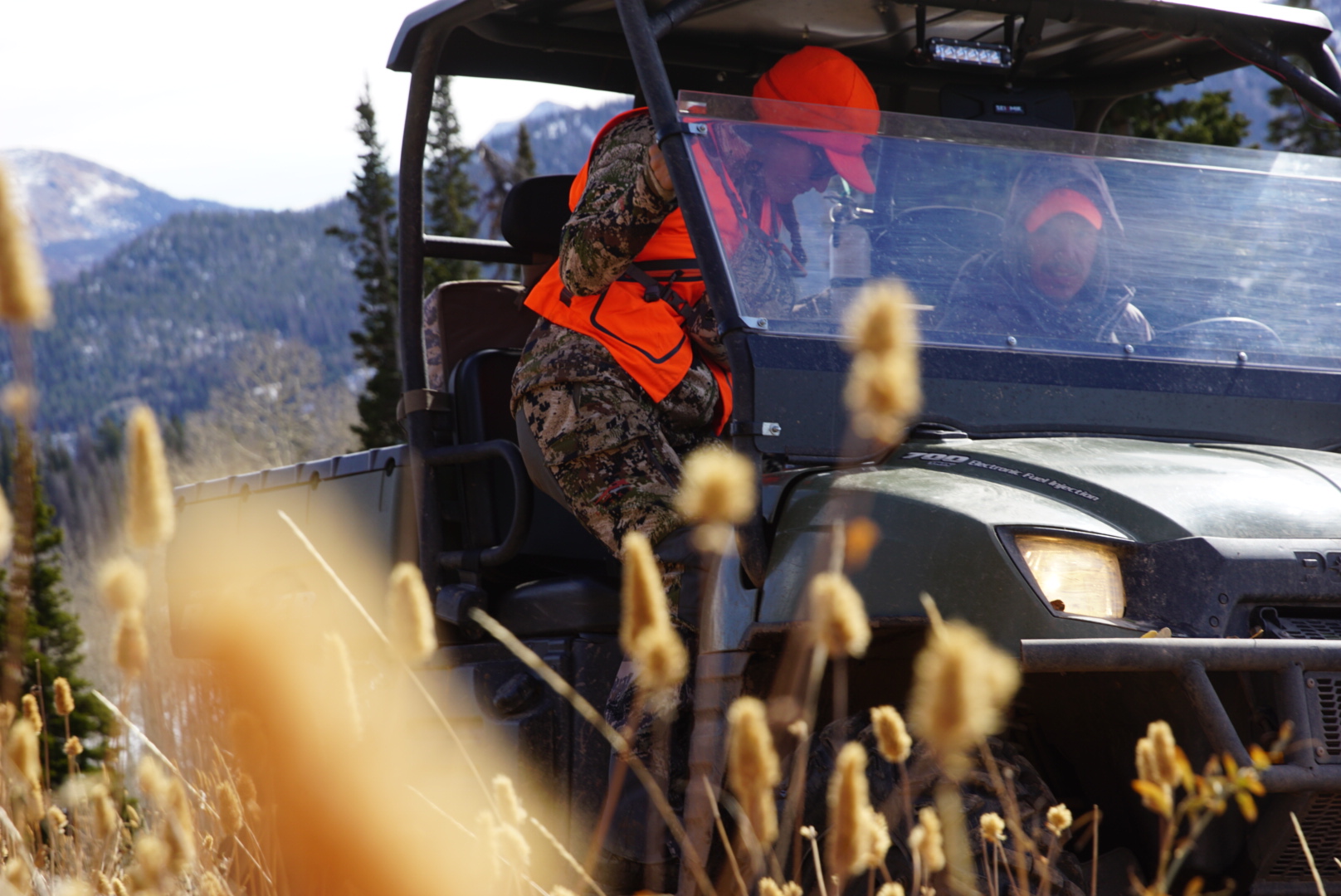
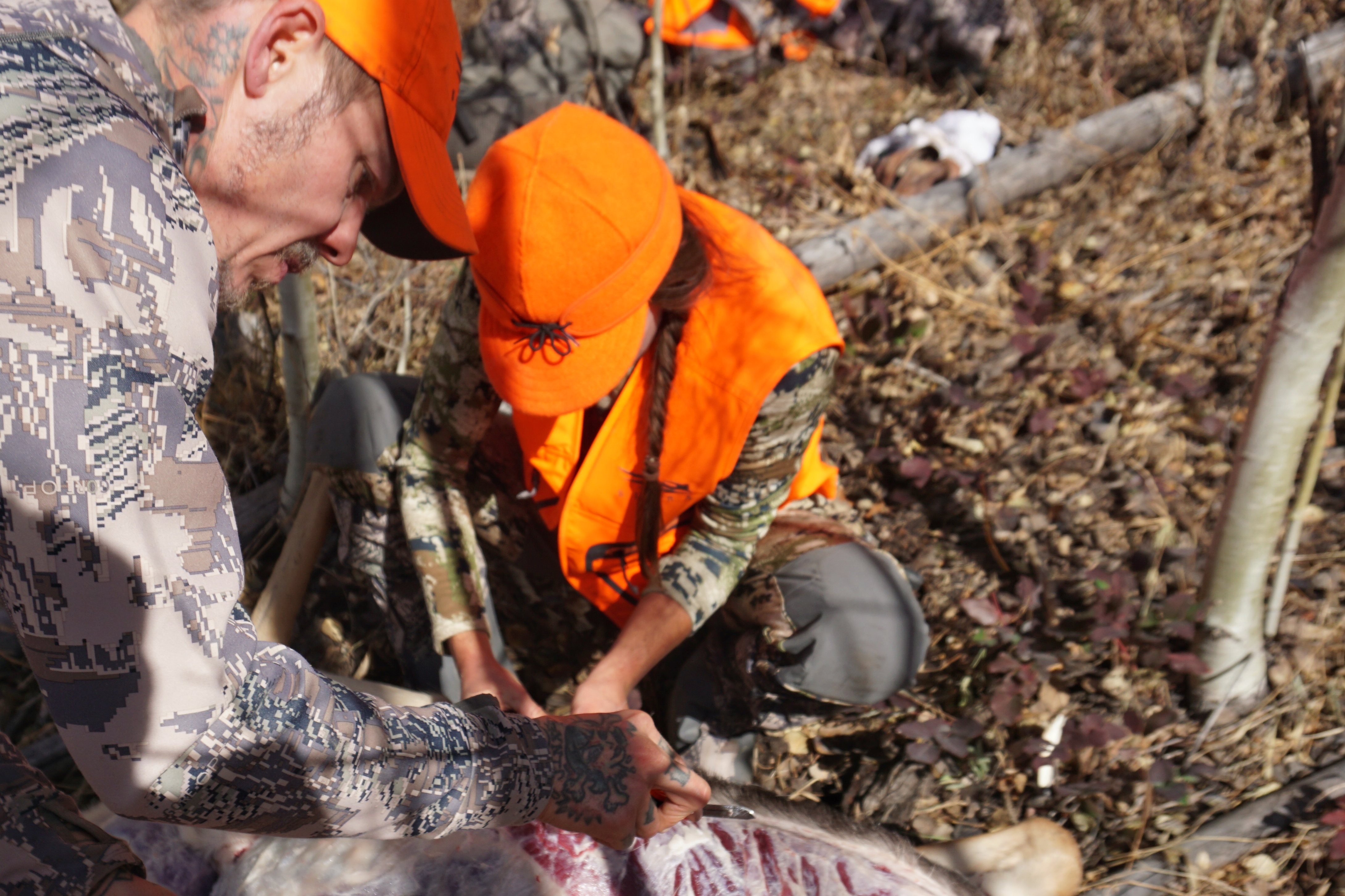
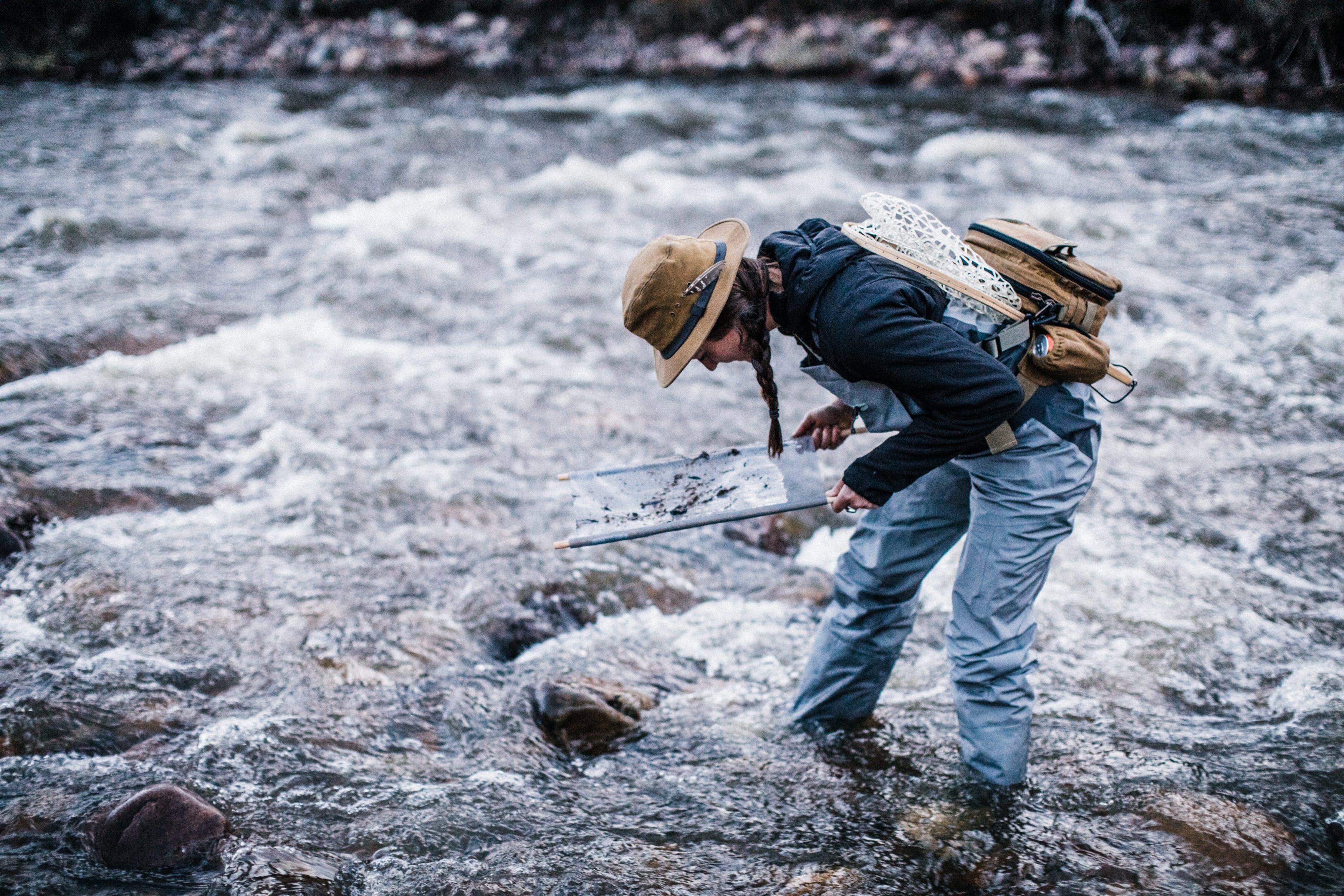
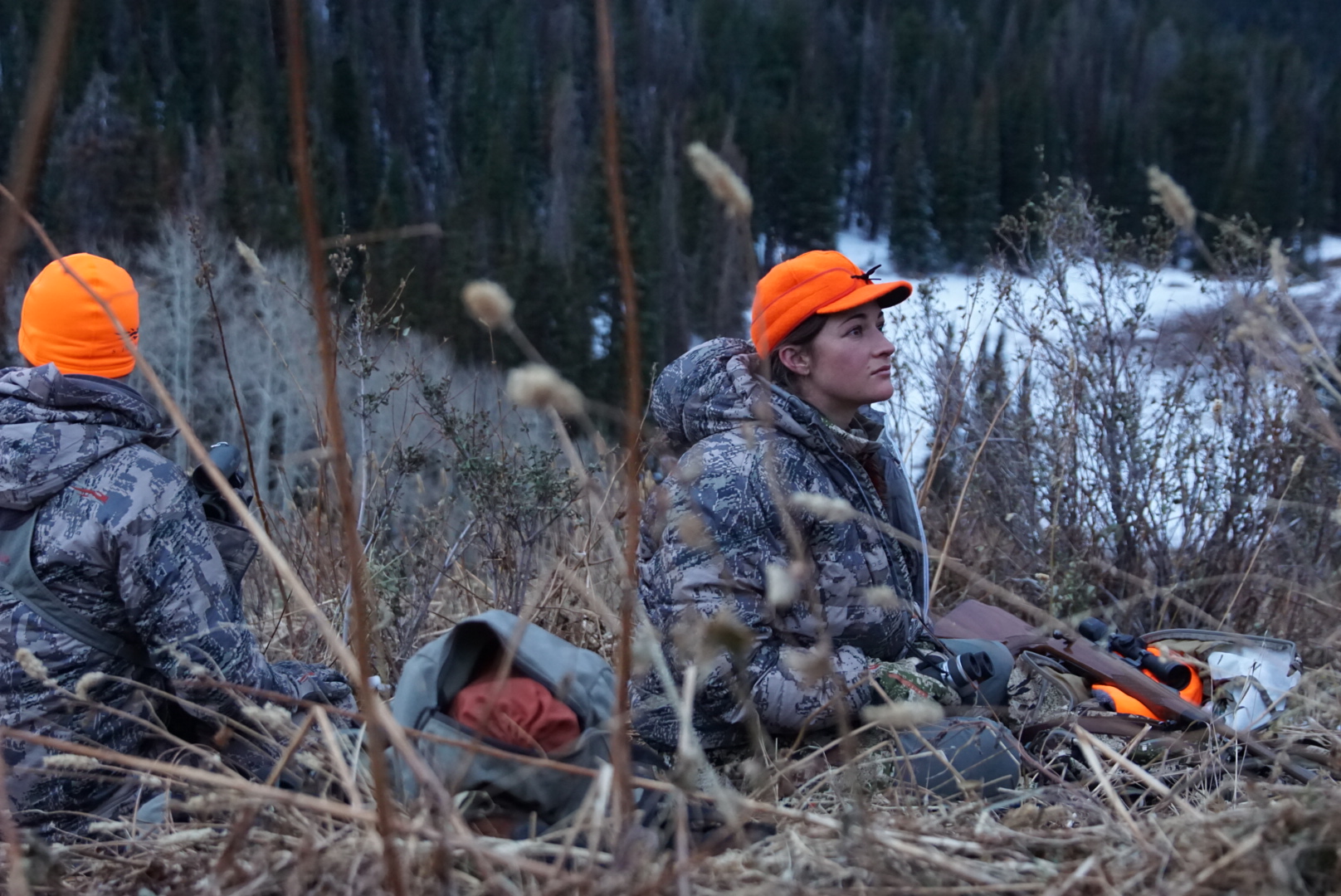
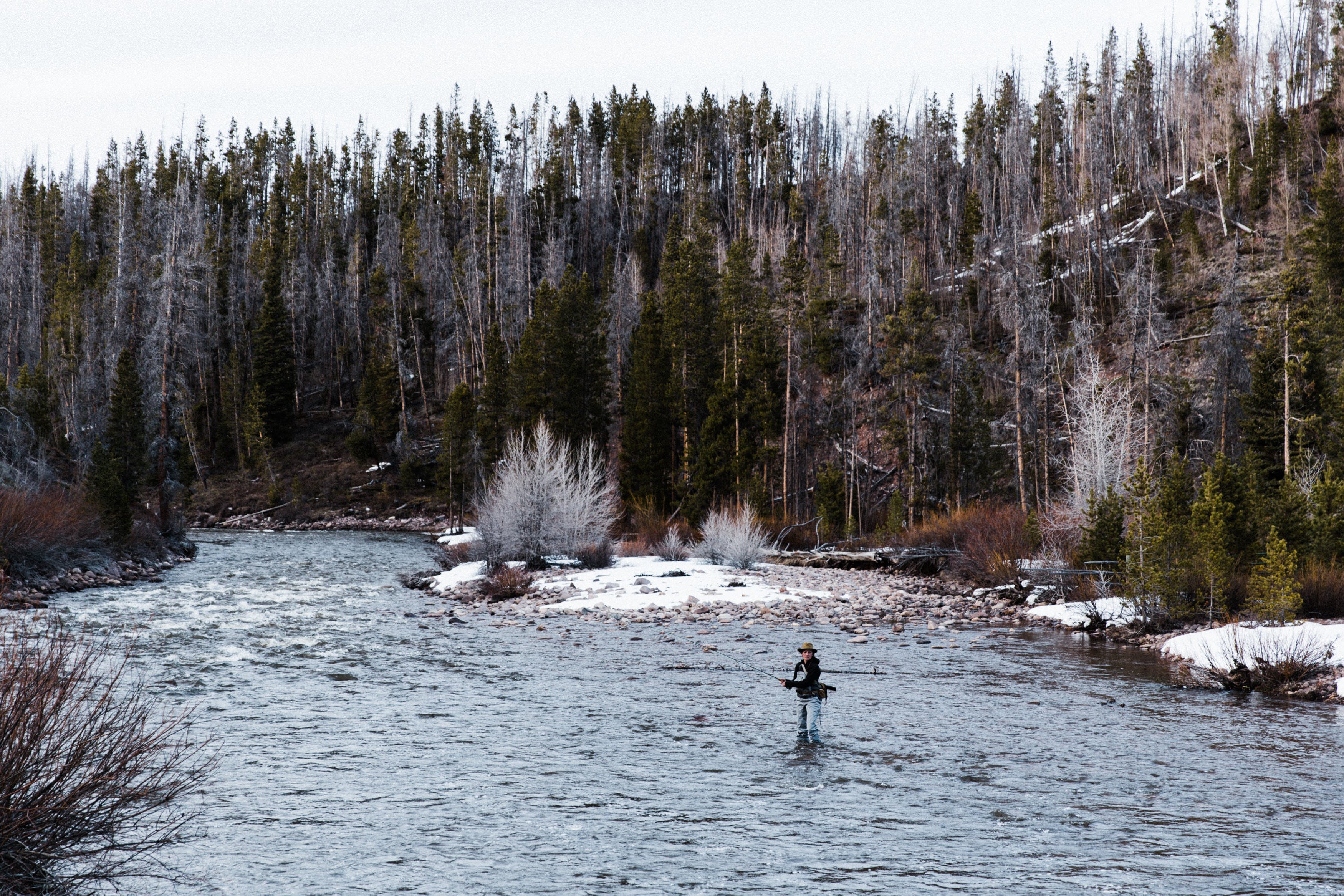




I am a resident of Idaho and am an avid hunter and outdoorsman. Please do not make any changes to the current sage grouse conservation plan. This plan has only been in place for two years and have barely been implemented. The current plan was widely supported by all sides and deserves to be given a chance to work.
I support collaborative measures that strive to balance needs of public with needs of the environment. This was a good example of a compromise, but one that addressed necessary aspects of critical habitat. Do NOT through this work out without giving it a chance to work. This administration cares nothing for the environment which is necessary for our very long term survival. Short sighted desire for profit over long term needs of future generations.
The sage grouse habitat must be protected. Its established its necessary and it works. Please do the right thing. Sincerely Brenda Baxter
I think we need to continue conservation of sage grouse and other species. If we do not practice good conservation we will loose even more types of wildlife.
I support the current plan for Sage Grouse conservation. Please do not make any amendments to the current plan which is a reasonable compromise for all parties. Any amendments will slow or halt current plans which are underway. These delays will be harmful to the Sage Grouse and their habitat.
I grew up in Colorado and spent many weekends and summer vacations exploring the Rockies, the prairies and ghost towns. My parents hunted, fished, gardened and were always cautious not to exploit our natural resources.
It’s time to stand up for wildlife. Leave the sage grouse conservation compromise that took years to complete as it was written.
Our ecosystem is so fragile and imbalances take generations to correct, and some are irreversible. Please don’t undo years of work that brought us to a point where we have a workable plan.
Please protect the vital habitat for sage grouse and give the conservation compromise a chance to work without changing it.
So important to keep our habitat of the Sage Grouse in place. Please note that the compromise made needs time to be in place and be effective. Patience in conservation is a long-term process with trusted results.
Please give the Sage Grouse conservation plan a chance to succeed. Rebuilding takes longer than destroying. Small changes are already noticeable.
Our ecosystem is so fragile and imbalances take generations to correct, and some are irreversible. Please don’t undo years of work that brought us to a point where we have a workable plan.
It is very easy to take apart a radio. Almost impossible to put it back together again. Same with the intricate and complex relationships that nature has built over thousands of years in every biome in the world. If we lose the sage brush prairie and its myriad of working parts it will be impossible to put it back together again. Please quit dragging your feet and put the agreed upon comprehensive plan to work before our actions spell doom for yet another magical, working ecosystem.